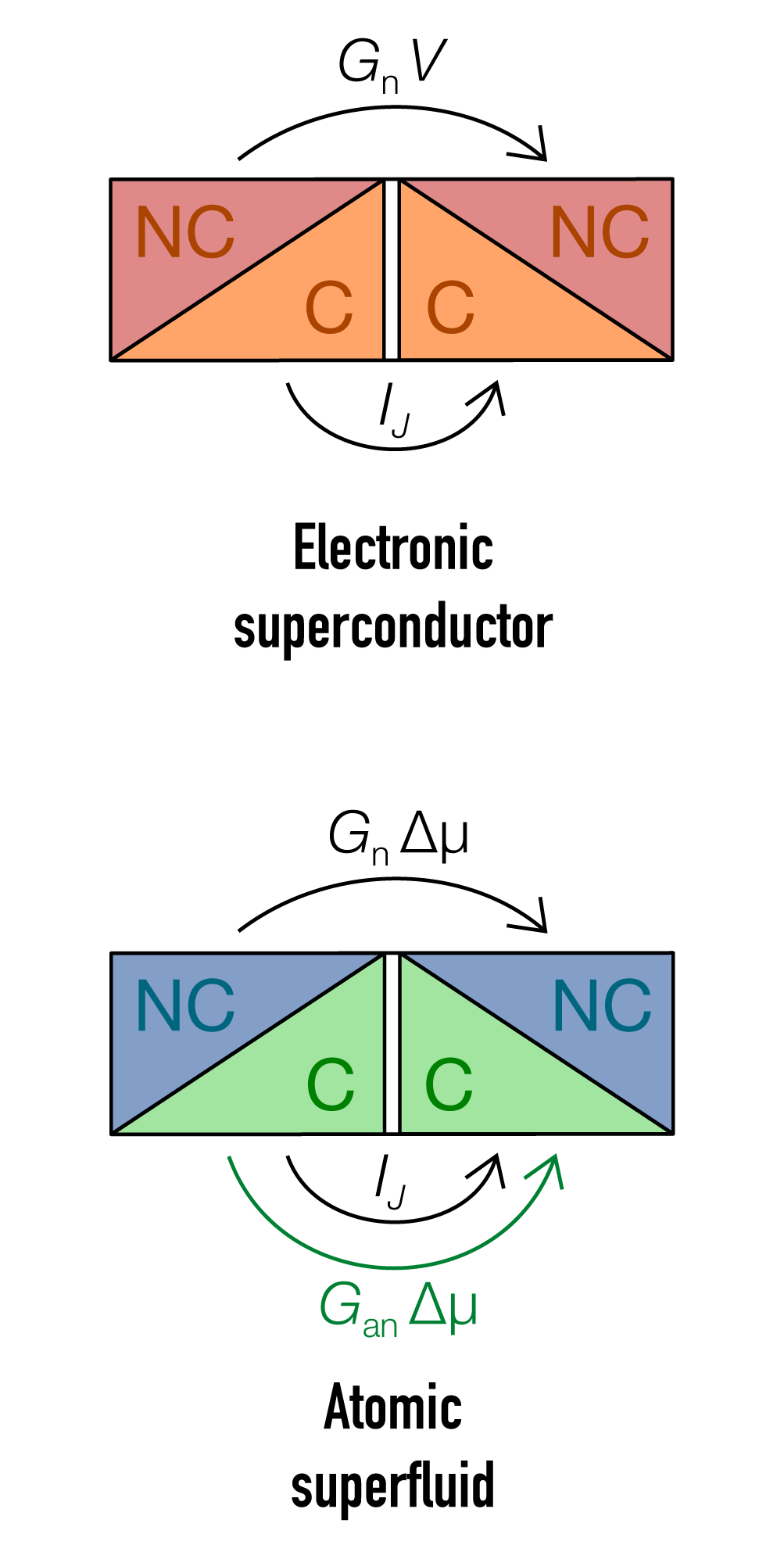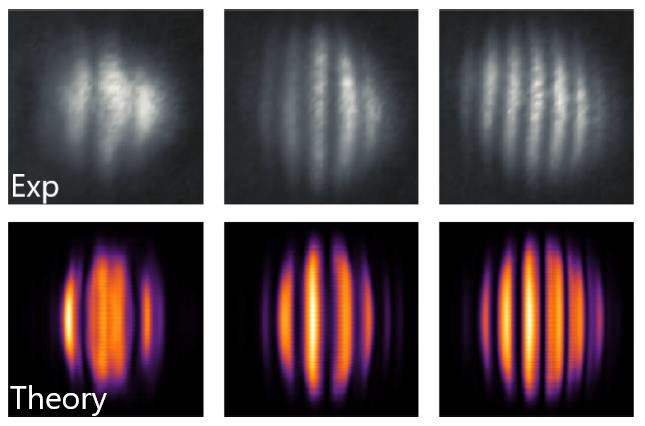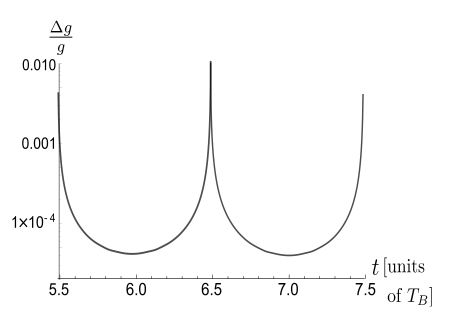 |
A key manifestation of superfluidity in liquids and gases is a reduction of the moment of inertia under slow rotations. Non-classical rotational effects have been searched for a long time also for the elusive supersolid phase of matter, in which superfluidity coexists with a lattice structure. Here we show that the recently discovered supersolid phase in dipolar quantum gases features a reduced moment of inertia. We study a peculiar rotational oscillation mode in a harmonic potential, the scissors mode, already employed for superfluids. From the measured moment of inertia, we derive a superfluid fraction in analogy with the original definition by A. J. Leggett. The superfluid fraction is different from zero and of order of unity, providing direct evidence of the superfluid nature of the dipolar supersolid. A qualitative comparison with the original theoretical model supports the observation of a large superfluid fraction close to the transition from the Bose-Einstein condensate (BEC) and the supersolid.
L. Tanzi, et al. |
LAST NEWS
 |
By investigating the tunneling transport of ultracold atomic Fermi gases, we reveal for the first time a peculiar enhancement of the conductance of neutral superfluids, in contrast with charged superconductors. — Both superfluids and superconductors owe their distinctive frictionless flow to their condensed nature, namely the macroscopic occupation of a single quantum state. Regardless of the electric charge of the constituent particles, condensation results in the emergence of the Josephson effect: a tunneling current flows when two superfluid reservoirs are coupled with one another through a thin insulating barrier in a so-called Josephson junction. G. Del Pace et al. |
 |
It is a great privilege for us to welcome Nigel Cooper, Professor in Theoretical Physics of University of Cambridge. Prof. Cooper will honour us with his presence for one year as a Visiting Professor of the Department of Physics and Astronomy of the University of Florence. |
 |
We have experimentally and theoretically studied how the interactions affect the interference pattern of two expanding 87Rb condensates. Our analysis shows that the condensate phase is modified by the mutual interaction only in the region where the wave packets overlap. This result proves that the general assumption of phase rigidity has to be abandoned for an accurate description of matter-wave interference. A. Burchianti et al. |
 |
We study the ultimate bounds on the sensitivity of a Bloch-oscillation atom interferometer where the external force is estimated from the measurement of the on-site atomic density. For external forces such that the energy difference between lattice sites is smaller than the tunneling energy, the atomic wave-function spreads over many lattice sites, increasing the separation between the occupied modes of the lattice and naturally enhancing the sensitivity of the interferometer. To investigate the applicability of this scheme we estimate the effect of uncontrolled fluctuations of the tunneling energy and the finite resolution of the atom detection. Our analysis shows that a horizontal lattice combined with a weak external force allow for high sensitivities. Therefore, this setup is a promising solution for compact devices or for measurements with high spatial resolution. I. Nałȩcz, et al., |
